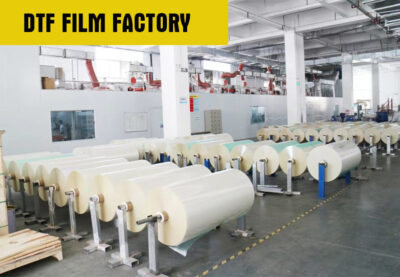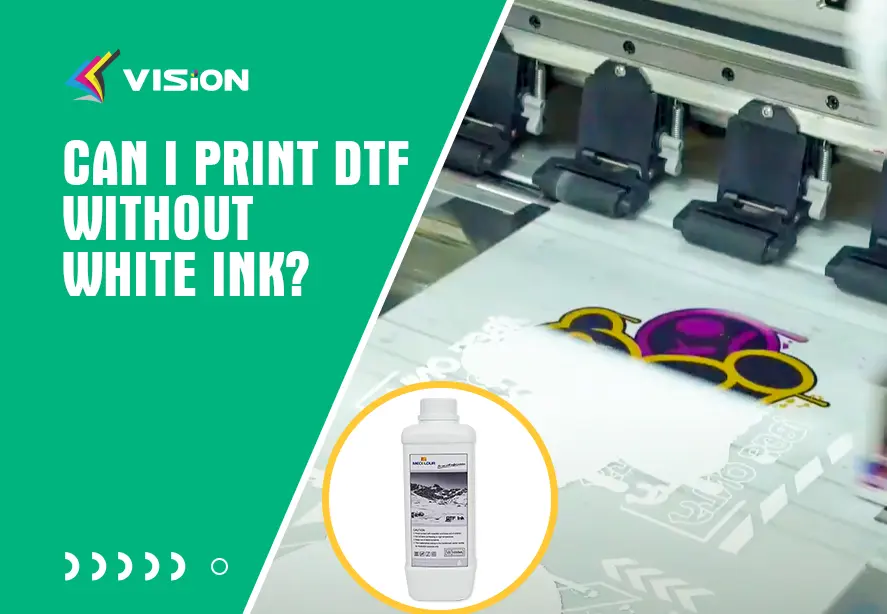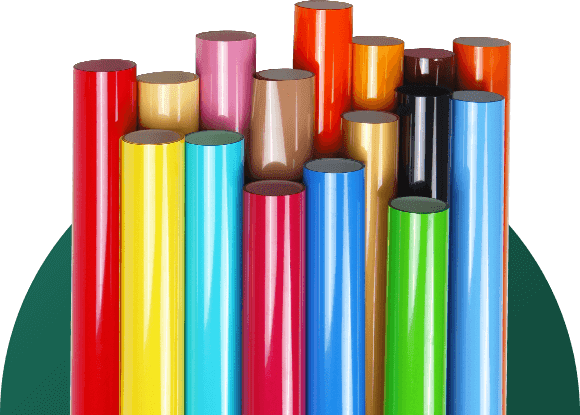
Blog
How to Store DTF Transfer Film Properly for Longevity

DTF transfer film is a cornerstone of vibrant, high-quality textile printing. Whether you’re a professional print shop or a home-based crafter, storing your DTF film properly is essential to maintain its printability, adhesive strength, and clarity. Improper storage can lead to warped edges, dust contamination, and reduced ink absorption—resulting in poor transfer quality and wasted materials. Below, we provide a comprehensive guide on how to store DTF transfer film the right way, ensuring you maximize its performance and shelf life.
Why Proper Storage of DTF Transfer Film Is Crucial
DTF film is sensitive to moisture, heat, light, and dust. Without adequate protection, the film may:
- Absorb moisture, causing ink bleeding and poor adhesion
- Warp or curl, making feeding through printers difficult
- Attract dust, leading to print defects and clogging print heads
- Lose its coating properties, affecting ink retention and powder bonding
Proper storage extends usability, maintains quality, and saves money in reprints or waste.
Ideal Environmental Conditions for DTF Film Storage
To maintain the integrity of DTF film, it’s critical to control your storage environment.
1. Temperature
- Optimal range: 15°C to 25°C (59°F to 77°F)
- Avoid exposing film to direct heat sources like radiators, sunlight, or hot presses
- Excessive heat can alter the coating and make the film brittle or sticky
2. Humidity
- Recommended humidity: 35%–60% RH (Relative Humidity)
- High humidity causes moisture absorption, leading to ink blotting
- Low humidity can make the film static-prone, attracting dust and fibers
Use a dehumidifier or humidifier to maintain ideal conditions in your storage room.

dtf-transfer-film
Best Practices for Physical Storage of DTF Film
1. Keep Film in Its Original Packaging
- Most DTF films come in sealed anti-static bags or protective boxes
- These packaging materials are designed to shield the film from moisture, dust, and light
Always re-seal after use to maintain the barrier
2. Store in a Vertical Position
- Rolls should be stored upright (not laying flat), to avoid flattening or pressure damage
- If storing sheets, keep them stacked flat in a clean drawer with protective sheets in between to prevent scratching
3. Avoid Direct Sunlight
- UV light can degrade the coating layer and impact ink adhesion
- Store your film in a dark, enclosed cabinet or drawer
4. Keep Away from Strong Chemicals
- DTF films are sensitive to solvents and fumes
- Keep away from cleaning agents, adhesives, or any reactive chemicals that may cause discoloration or coating damage
Handling Tips for Maximum Preservation
Wear Clean Gloves
- Oil and moisture from fingers can affect the film surface
- Use lint-free gloves when handling individual sheets or rolls
Clean Storage Surfaces Regularly
- Dust and fibers can accumulate on storage shelves
- Keep surfaces wiped down weekly with anti-static cloths
Label Your Inventory by Batch and Date
- DTF film coatings can age over time, even under ideal conditions
- Rotate your inventory using a First In, First Out (FIFO) system
- Label rolls with purchase dates to track shelf life
How Long Can DTF Film Be Stored?
Under ideal storage conditions:
- Unopened rolls: 6 to 12 months
- Opened rolls/sheets: Use within 3 to 6 months for best results
Expired film may still be usable, but results can vary—test prints are recommended before full production use.

DTF film factory
Common Storage Mistakes to Avoid
| Mistake | Impact |
| Storing in high humidity rooms | Causes ink smearing, poor powder adhesion |
| Leaving film exposed on workbenches | Collects dust and fibers, affecting print quality |
| Stacking rolls horizontally | Causes dents or pressure marks on the film |
| Using film directly from cold storage | May cause condensation on the film surface |
Before use, acclimate the film to room temperature for at least 4–6 hours if stored in a cool environment.
Your DTF transfer film is more than just a consumable—it’s the foundation of every high-quality print. Poor storage practices can compromise print quality, waste valuable materials, and delay production. By following the best practices outlined above, you’ll preserve the film’s print performance, reduce material loss, and ensure consistent, professional-grade results.
Related:
DTF Transfer Film for Textiles Everything You Need to Know
Ensuring Adhesion DTF Film Tips
Can you reuse DTF film?















